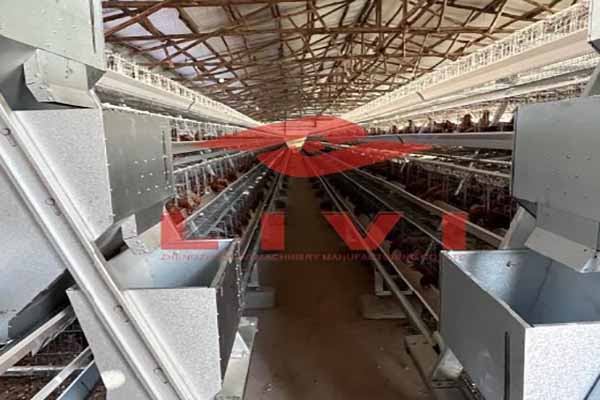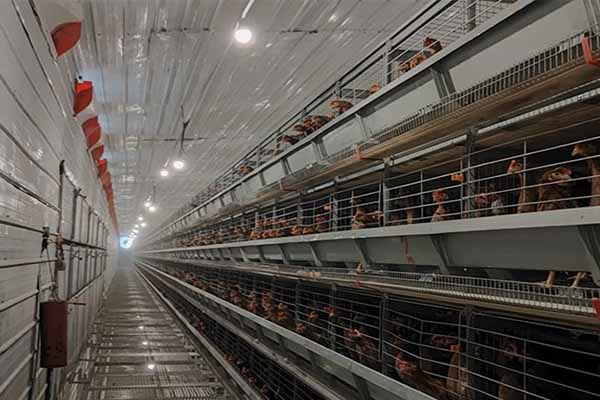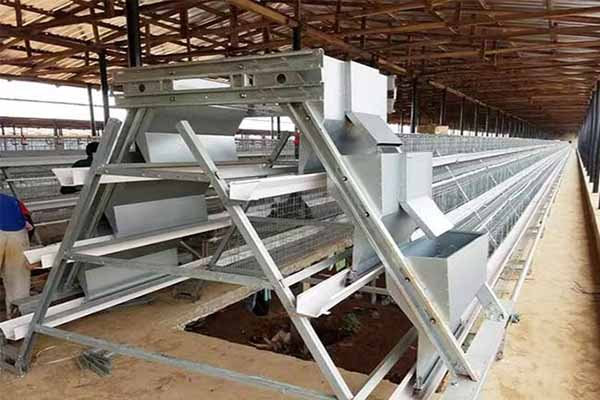Optimizing Battery Egg Cage Systems for 150,000 Chickens in Zambia
Managing a large-scale poultry farm, like one housing 150,000 chickens, requires efficient and innovative solutions. In Zambia, where the poultry industry is rapidly growing, the implementation of a battery egg cage system can significantly improve productivity and welfare. This article explores the best practices for setting up a battery egg cage system for a 150,000 chicken farm, focusing on design, capacity, and sustainability.
Design Considerations for Battery Egg Cages
A well-designed battery egg cage system can enhance egg production while ensuring the comfort of the chickens. Here are some key design elements to consider:
- Space Allocation: Allocate about 0.15 square meters per bird to ensure comfort and prevent overcrowding.
- Egg Collection Mechanism: An automated egg collection system can reduce labor costs and improve hygiene.
- Airflow and Ventilation: Proper airflow is crucial for the health of the chickens. Ensure each cage has adequate ventilation and consider using fans or air curtains for improved air circulation.
- Lights and Temperature Control: Use appropriate lighting to mimic the natural day-night cycle and temperature control systems to maintain optimal conditions for the chickens.
For a farm of 150,000 chickens, you would need approximately 1,000 battery cages, each accommodating 150 birds.
Capacity and Automation
Automated systems are essential for managing a large-scale poultry operation. Some key automation features to consider include:
- Feeding Systems: Automated feeding systems can help maintain consistent nutrition for the chickens, enhancing egg quality and productivity.
- Water Supply: Ensure an automated water supply system that provides clean, fresh water to all birds.
- Monitoring and Alarm Systems: Implement a monitoring system to track the health and behavior of the chickens, with immediate alerts for any anomalies.
The investment in automation might seem high initially, but it can lead to significant cost savings and improved efficiency in the long run.

Sustainability and Environmental Considerations
As a responsible poultry farm owner, it is crucial to consider the environmental impact of your operations. Some sustainable practices to adopt include:
- Biomass Energy: Utilize biomass energy from poultry waste to reduce your carbon footprint.
- Waste Management: Implement a waste management system to convert chicken manure into organic fertilizer.
- Water Conservation: Implement water-saving measures to minimize wa
 ter usage.
ter usage.
These sustainable practices not only help the environment but also contribute to the overall success  and profitability of your farm.
and profitability of your farm.
Conclusion
Setting up a battery egg cage system for a 150,000 chicken farm in Zambia requires careful planning and consideration of various factors. By focusing on design, capacity, and sustainability, you can create an efficient and profitable poultry operation.
For more information on implementing a battery egg cage system for your farm, feel free to leave a comment below. We would be happy to provide you with a free poultry farming design and equipment quotation from LIVI Machinery. Let’s work together to take your poultry business to new heights!




